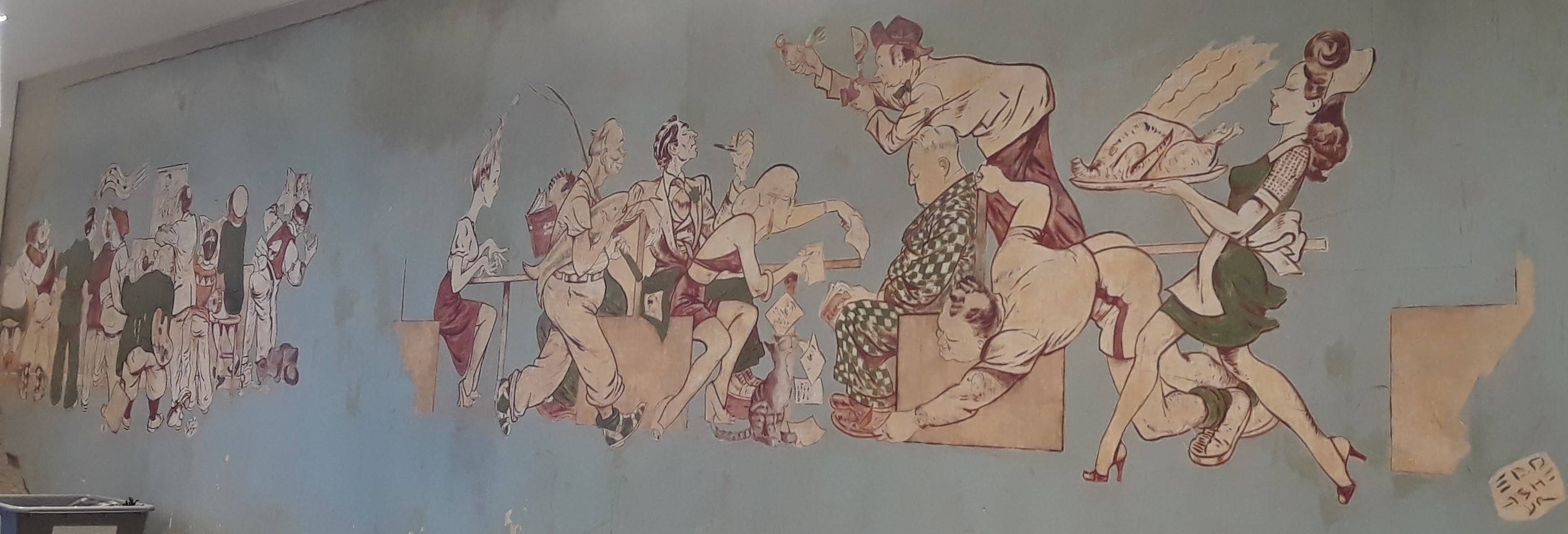The exuberant and frenetic days of the Roaring Twenties came to an abrupt halt with the stock market crash of 1929 which precipitated the Great Depression, the worst economic downturn in the modern age. In Westport, as elsewhere around the country, factories and businesses suffered losses, laid off workers and shuttered their doors. Connecticut was plagued by devastating natural disasters in the Depression year including the Great Flood of 1936 and a major hurricane in 1938.
Westporters tried to make the best of their situation and the shows at the newly opened Westport Country Playhouse helped folks forget their troubles if only for a couple of hours. Opened in 1931 by New York theater director Lawrence Langner in the old Kemper tannery, the venue featured a Broadway quality stage and was quickly considered an important stop on the New York summer stock circuit.
Public projects funded by the federal government’s Works Progress Administration (WPA) helped put people to work in fields from civil engineering to art. In Connecticut, Governor Wilbur Cross helped guide the state through the Depression years and presided over the building of the Merritt Parkway. Noted for its artistic overpass bridges, Westport had two exits on the parkway which are still in use today.
Westport’s artist community benefited from the WPA’s public art projects and between 1934 to 1937 seventeen artists from the town worked on various commissions among them murals at what is today Banana Republic, the Westport Library (temporarily housed at Staples High School), and the Westport Bank and Trust (now Patagonia).
By 1939, America, and the rest of the world, watched in horror as Nazi Germany invaded Poland in a move that began what was to become the second World War.





